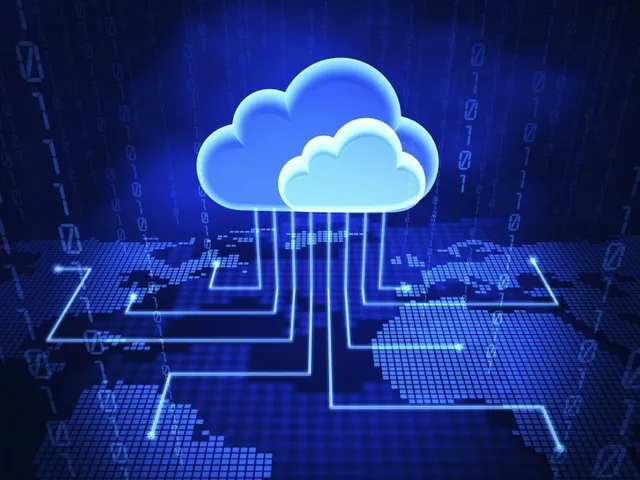Configured to be either private of public the cloud is able to switch comfortably between the two while still providing the necessary services on both sides.
The public cloud sell services to anyone on the internet while the private cloud functions more as a proprietary network or data centre that supplies hosted services to a limited group. However the end goal of the cloud would be to provide easy, scalable access to computing resources and IT services.
The infrastructure as a service allow a company to pay for only the capacity needed and to only buy online as required. The platform as a service is defined as a set of software and product development tool that is hosted on the provider’s infrastructure.
The software as a service is where the vendor supplies the hardware infrastructure, the software product and interacts with the user through a front end portal.
The Benefits:
Perhaps the first thing that should be noted is the fact that the cloud computing models are not owned by the users but are instead rented or paid for when needed. Although this may seem like loss of control, the other points far outdo this thought process.
The most compelling attraction would be the lower costs involved in utilizing the cloud tool, as this will help the companies to focus on their goods and services rather than having to come with funds to constantly upgrade their computer systems.
The lowering of the technology based capital in no way effects the access to devices and locations independently, thus enabling the user access to systems anywhere and anytime.
There is also better overall performance, load balancing and even locating data processes with much lower overall costs involved when comparisons are made with the older and more conventional methods previously used.
Cloud computing is also reputed to be able to contribute to a higher affect of reliability and scalability in many positive ways, one of which is in the area of data security. The security improves considerably although some data may be lost as the system automatically seems to eliminate these.
Cloud computing also is able to produce better and more improved resource utilization where there is sustainability in movement such as green technology or clean technology. Most of the bigger companies are taking an active role in this seemingly new addition to the equation of providing better service possibilities.
For the most part, those in the industry would agree that cloud computing is relatively secure by comparison. The security levels by comparison are not really any different from the standard computing and hosting platforms used. Commonly thought of as disastrous, outages are the concerns of most users who tend to go into a panic when the bigger players like Google suffer this.
However it should be understood that these outages are relatively common and are bound to occur periodically, thus the users should be comforted with the fact that this does not necessarily mean information is lost or hacked.
This in turn makes the users more aware of the security issues and causes them to take more care in tightening their policies and physical security measures. Most users will not consistently monitor their networks and take action as soon as any intrusion is detected. This may include step to ensure the data received is encrypted to ensure those who are not supposed to be privy to the information will not be able to read it, and most traditional hosts will offer the relevant back up after each transaction is made almost instantly.
